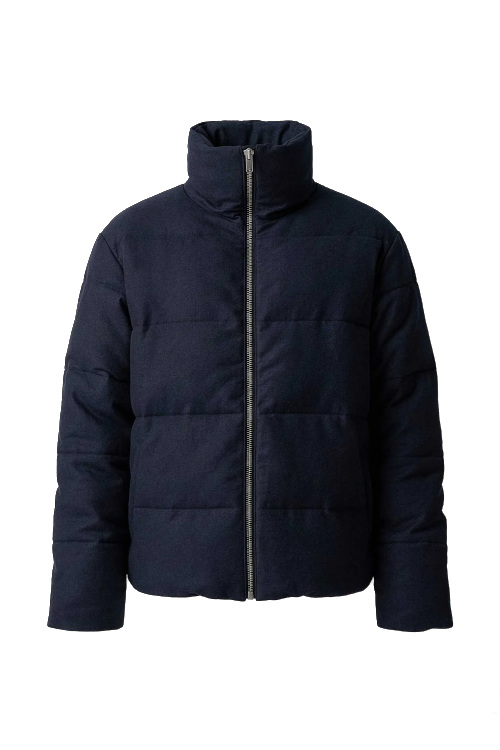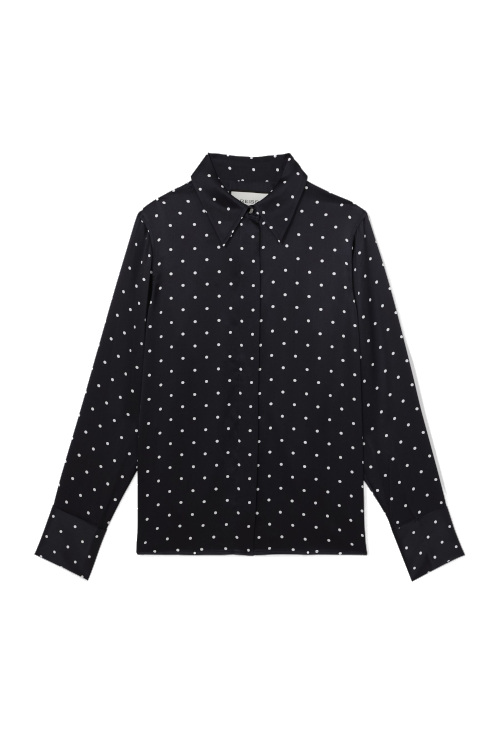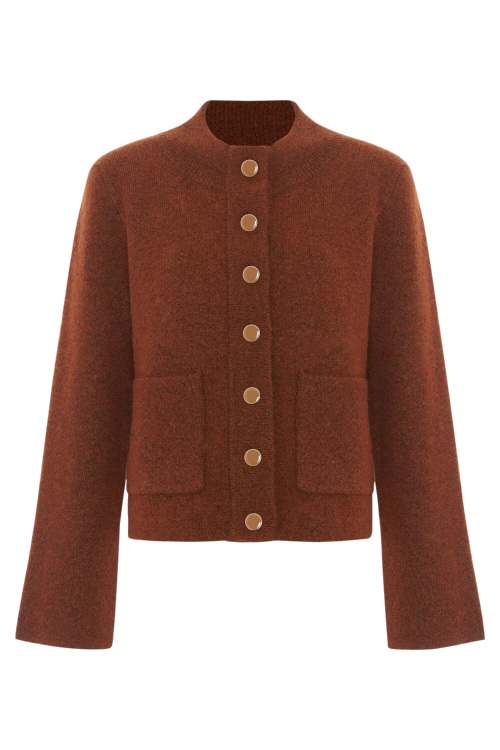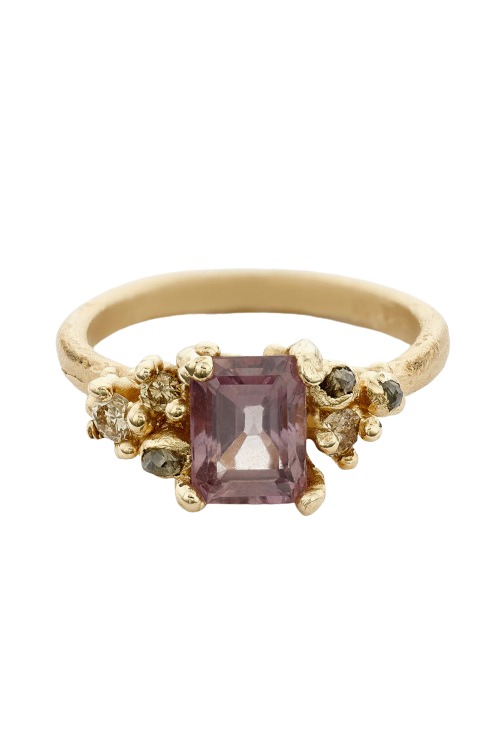
The Stylist: Why I’m Over Spandex
By
1 year ago
Taking the petrochemicals out of exercise
With the Olympics approaching, isn’t it time to ditch the Spandex and go for plastic-free sportswear? asks C&TH’s sustainable fashion columnist.
The Return of Plastic-Free Sportswear
Where would Jane Fonda have been without her Spandex leotard? Michael Phelps without his Speedo Fastskin? Usain Bolt without his Puma compression shorts? As our Olympics summer kicks off, sports brands will be busy persuading us it’s their synthetic materials driving athletes to perform.
Not so. Before synthetic materials, there were natural ones. In 1954 Roger Bannister ran the four-minute mile in cotton shorts and top. In 1979 Ranulph Fiennes crossed the Arctic wearing a 100 percent Ventile cotton suit. ‘The men’s 100m record before synthetics stood at 9.95 seconds,’ observes Patrick Grant of Community Clothing. ‘Very few people have run faster. Synthetic clothing gives only a slight performance edge – and much of that can be attributed to modern training methods.’
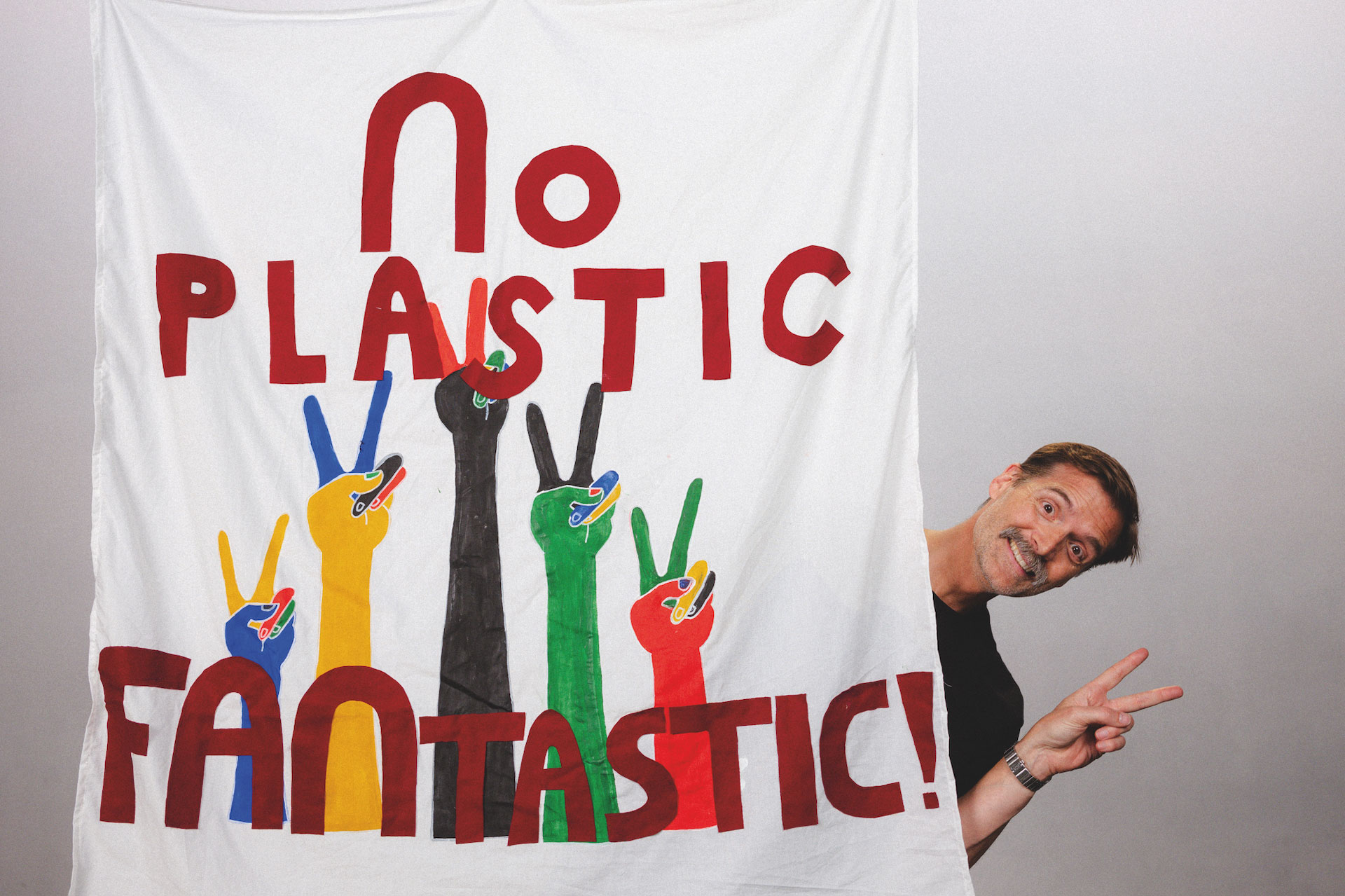
Patrick Grant of Community Clothing
Community Clothing’s collection of 100 percent cotton activewear is at the vanguard of a return to naturals. New technology in knitting and weaving, green chemistry and a determination to avoid the cheap solutions of synthetic wear is opening up the plastic-free space. Wool knitted in such a tight weave it floats above the skin, snow proof and water resistant; water repellent made from the algae of a walnut tree; stretch fabric achieved by combining only a tiny percentage of Spandex in the inner core of a wool thread. After you work out in this kit, Lycra leggings feel like a sticky plastic bag.
Plastic clothing is not only an environmental risk, it’s a health risk too – we inhale up to a teaspoonful of microplastics a month now, there’s so much in the air, not to mention our waterways. The health risks of toxic chemical finishes and dyes are also emerging: PFAs are chemicals added to enhance moisture wicking, water resistance and the adherence of dyes, now linked to liver damage, cancer and reproductive problems. In synthetic activewear, these chemicals sit right next to your sweaty skin. ‘We haven’t included any synthetic finishing on our fabric,’ says Patrick. ‘All performance is achieved through the mechanics of the way we weave and knit.’

Vilbrequin’s merino wool swim shorts and shirts
It’s a similar story at mountain wear company Mover. Its water-resistant jackets, base layers and fleeces are now 100 percent plastic free. Vilebrequin has developed fine wool swim shorts, and new technical woollen yarns have found their way to Branwyn’s (game-changing) sports bras. Pangaia is pioneering plant-derived biomaterials like EVO, sourced from castor beans, and a natural peppermint treatment for anti-odour. Natural materials certainly don’t need washing as often, as the anti microbial properties and breathability of wool and cotton is far superior – just ask the sheep. As for Jane Fonda, she wouldn’t be seen dead in Spandex these days.








